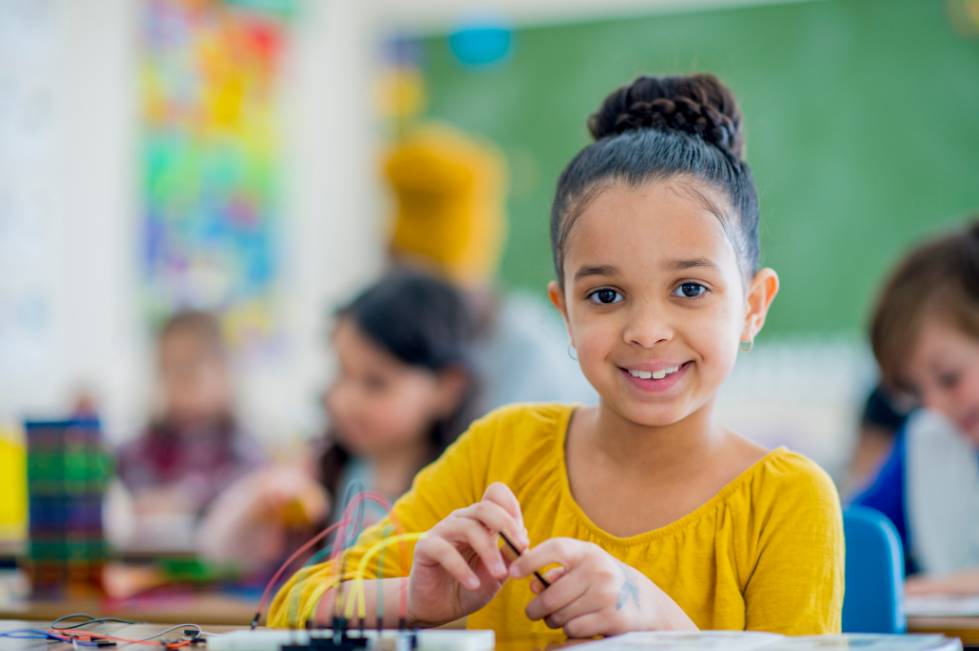Girls with Autism: We have so much to learn

This article originally appeared in START Connecting in November 2021.
Girls with autism are amazing and unique in their own ways, just like boys with autism. They have strengths and challenges, just like boys. However, their autism manifests in ways that can be quite different from boys. Much of the research on autism has focused on boys, and therefore the criteria used for diagnosis is based primarily on that research. Since the diagnostic criteria does not include traits and behaviors that girls with autism are more likely to exhibit, many girls and women go unrecognized and undiagnosed, which can leave them feeling misunderstood and without the support to understand their differences and meet their needs.
So, what makes girls with autism different from boys with autism? According to the CDC, boys are diagnosed with autism four times more often than girls. While boys are typically identified and diagnosed in childhood, girls are more likely to be misdiagnosed or diagnosed with autism later in life. While it was once thought that girls were much less likely to have autism, emerging research demonstrates a higher number of girls with autism than previously realized.
Girls with autism frequently exhibit traits and behaviors that are different from boys with autism. Research suggests that girls with autism are less likely to have restricted interests, and their interests may be more socially acceptable. Additionally, while girls with autism may have difficulty socializing, these challenges are not always apparent because of adaptive behaviors like “camouflaging” and “masking.” Girls with autism are more likely to use social routines and scripts to help them in social situations, like understanding gestures and carrying conversations—this allows them to “camouflage” among their peers, or “mask” behaviors which may be more reflective of autism. These adaptive behaviors may be mediated by gender socialization, which teaches girls to seek out social opportunities and acceptance from a young age.
It’s noted that some girls and women with autism report that camouflaging and masking are exhausting to keep up in public spaces, and that these behaviors shouldn’t be expected. Rather, girls and women with autism should be accepted the way they are. Additionally, girls with autism are more likely to demonstrate internalizing behaviors compared to boys with autism, like emotional difficulties, anxiety, depression, self-harm, or eating disorders. Girls with autism usually mask in public, but family members and other close contacts of girls with autism are more likely to see these behaviors at home or other private settings. As a result, girls may be more likely to be diagnosed with mental and emotional conditions rather than autism.
So, what can we do to help support girls with autism? It is critical that we begin to recognize autism in girls, share information, and promote research focused on girls. Without early diagnosis, girls with autism can feel isolated and misunderstood, and may not receive the services and support they need to be successful emotionally, socially, and academically.
Given that we all need to know more about girls with autism, we are gathering resources and information so that others may better understand how to identify and understand autism in girls. This includes both empirical articles and seeking out the experiences of autistic girls and women to hear their perspective directly and include their voices in the conversation.
Resources and references:
- Autism’s sex ratio, explained
- AFIRM module - Girls on the Autism Spectrum
- Learn more by exploring START's new resource and book lists which are filled with information about girls and women with autism:
Written by:
Abby Coberly, School Psychology Graduate Student
Amy Matthews, Ph.D., BCBA - Project Director
Holly Miller, LLM, START ASD 365 Consultant and Autistic Advocate
